Psychoactive Psychedelic Psychotropic

Delve into the intriguing effects and distinctions of Psychoactive Psychedelic, Hallucinogenic, and Psychotropic substances. Discover the nuances, definitions, and contrasts between the terms, “Psychoactive, Psychedelic, and Psychotropic.” Unravel their effects and distinctions for a deeper understanding of mind-altering experiences.
What Does Psychoactive Mean?
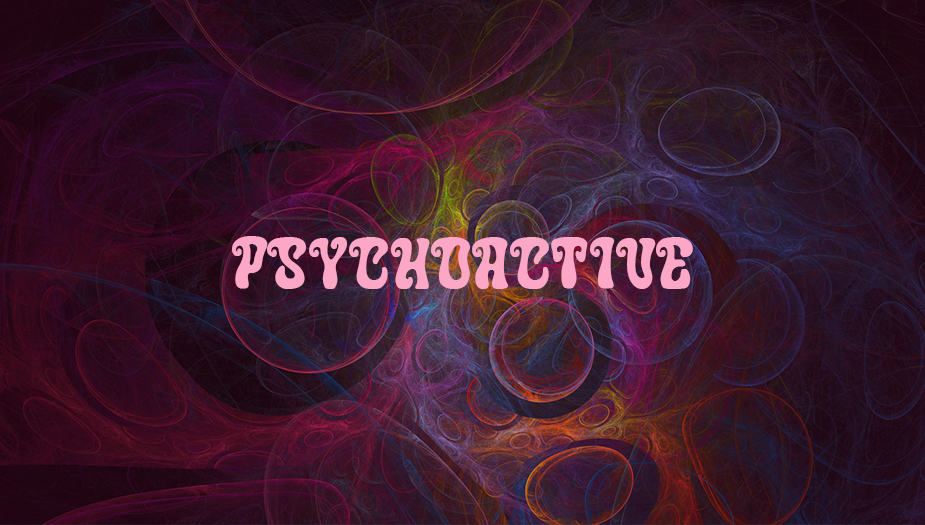
Psychoactive refers to substances that can alter brain function, affecting mood, cognition, perception, and consciousness. These substances, also known as psychotropic or mind-altering drugs, interact with the central nervous system, producing diverse effects on the user. The spectrum of psychoactive substances ranges from legal pharmaceutical drugs like antidepressants to illegal substances like hallucinogens and stimulants – to even more experimental techniques. The effects of psychoactive substances can vary widely, leading to euphoria, relaxation, altered sensory perception, increased focus, or even hallucinations. However, their misuse can lead to addiction, physical and psychological harm, and impaired judgment. The classification of drugs into various schedules or categories is often based on their psychoactive properties and potential for abuse. Understanding psychoactive substances and their impact is crucial for promoting responsible use and addressing addiction and mental health issues effectively.
What Substances are Psychoactive?
Psychoactive substances encompass a broad array of compounds that affect the brain and alter mental processes. Common examples include caffeine, found in coffee and tea, which stimulates the central nervous system, providing increased alertness and focus. Nicotine, found in tobacco products, is another widely used psychoactive substance, producing both stimulant and relaxing effects. Alcohol, though legal in most countries, is a psychoactive substance with sedative properties. It affects neurotransmitter activity, leading to reduced inhibitions and impaired cognitive function. Recreational drugs like cannabis, cocaine, and opioids are also psychoactive, with diverse effects on mood, perception, and behavior. Prescription medications, such as benzodiazepines for anxiety or opioids for pain relief, fall into this category as well. While some psychoactive substances can be beneficial when used properly, misuse and addiction are significant concerns. Understanding the effects and risks associated with psychoactive substances is crucial for responsible use and promoting overall well-being.
What are the Effects of Psychoactive Substances?
Psychoactive substances exert a profound impact on the brain, leading to a wide range of effects on individuals’ mental and physical state. Stimulants like amphetamines and cocaine can increase alertness, energy, and focus while also elevating heart rate and blood pressure. Depressants, such as alcohol and benzodiazepines, slow down brain activity, induce relaxation, sedation, and impaired coordination. Hallucinogens, like LSD and psilocybin mushrooms, alter perception, leading to vivid sensory experiences and altered reality. Meanwhile, opioids, like heroin and prescription painkillers, produce pain relief, euphoria, and potentially dangerous respiratory depression. Repeated use of psychoactive substances can lead to tolerance, dependence, and addiction, posing severe health risks and interfering with daily functioning. Additionally, long-term use may cause cognitive impairment, mental health disorders, and damage to various organs. It’s crucial to be aware of the potential effects and risks associated with these substances and seek professional help if substance use becomes problematic.
What Does Psychedelic Mean?
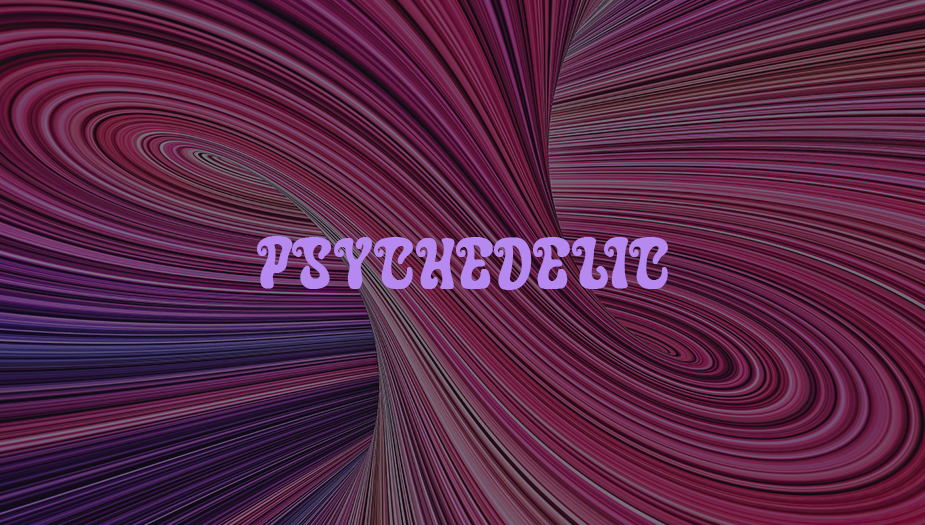
Psychedelic, derived from the Greek words “psyche” (mind) and “deloun” (to manifest), refers to a class of substances that induce profound alterations in perception, cognition, and consciousness. These substances, also known as hallucinogens, create intense sensory experiences, vivid visual hallucinations, and an altered sense of time and self. Psychedelics include natural substances like psilocybin (found in certain mushrooms) and synthetic compounds like LSD (lysergic acid diethylamide) and DMT (dimethyltryptamine). The effects of psychedelics are often unpredictable and can vary widely from person to person. Historically, these substances have been used in religious and spiritual practices, as well as for therapeutic purposes. In recent years, there has been renewed interest in researching their potential therapeutic benefits for mental health conditions like depression, anxiety, and PTSD. However, their use also carries risks, and caution must be exercised due to potential adverse reactions and psychological vulnerabilities.
What Substances are Psychedelic?
Psychedelic substances encompass a distinct group of compounds known for their profound effects. These substances induce altered states of mind and sensory experiences, often referred to as “trips.” While natural psychedelics, such as psilocybin from certain mushrooms and mescaline from peyote cacti, have been used in traditional ceremonies for centuries, synthetic psychedelics like LSD and MDMA (ecstasy) were developed more recently. Other substances like DMT, found in some plants and produced synthetically, and ayahuasca, a brew containing DMT and other plants, are also considered psychedelic. These substances interact with serotonin receptors in the brain, influencing mood, thought patterns, and perception. Psychedelics have gained attention for their potential therapeutic benefits, particularly in the treatment of mental health disorders. However, their use also presents risks, including adverse reactions and the potential for psychological distress, highlighting the importance of responsible and informed use.
What are the Effects of Psychoactive Substances?
Psychoactive substances exert diverse effects on the human body and mind. Stimulants like amphetamines and cocaine trigger the release of neurotransmitters, leading to increased alertness, energy, and elevated mood. However, they can also cause anxiety, agitation, and cardiovascular problems. Conversely, depressants such as alcohol and benzodiazepines slow down brain activity, resulting in relaxation and sedation. Overuse may lead to memory impairment and respiratory depression. Hallucinogens like LSD and psilocybin induce altered sensory perception, leading to vivid visuals and profound changes in consciousness. They may also evoke feelings of introspection and spiritual experiences. Opioids are potent pain relievers that produce euphoria and drowsiness. Their misuse can lead to respiratory depression and addiction. Overall, the effects of psychoactive substances vary greatly, highlighting the importance of informed use and understanding potential risks. Seeking professional help is crucial for addressing substance misuse and addiction.
What Does Psychotropic Mean?
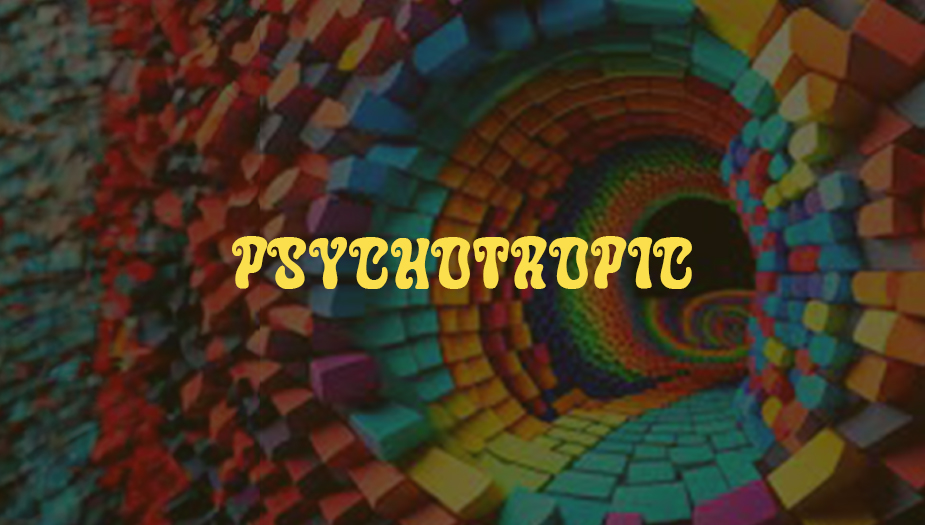
Psychotropic, derived from the Greek words “psyche” (mind) and “tropos” (turning or influencing), refers to substances that have an impact on the mind, mood, and behavior. These substances, also known as psychotropic drugs, interact with the brain’s chemistry, affecting neurotransmitter activity and altering mental processes. Psychotropic drugs are commonly used in the treatment of various mental health conditions like depression, anxiety, and schizophrenia. Antidepressants, antipsychotics, and anxiolytics are examples of psychotropic medications that help regulate brain function and improve symptoms. However, psychotropic substances can also include recreational drugs with mind-altering effects, like hallucinogens and stimulants. These substances can induce euphoria, altered perception, and changes in consciousness. Proper and responsible use of psychotropic medications is crucial for managing mental health conditions effectively, while the misuse of recreational psychotropic substances can lead to serious health risks and addiction.
What Substances are Psychotropic?
Psychotropic substances encompass a wide range of compounds that influence brain function, mood, and behavior. These substances can be categorized into different classes based on their specific effects. Antidepressants, such as selective serotonin reuptake inhibitors (SSRIs) and tricyclic antidepressants (TCAs), are commonly used psychotropic medications to treat depression and anxiety disorders. They work by modulating neurotransmitter levels in the brain. Antipsychotics, like typical and atypical antipsychotics, are used to manage symptoms of psychosis and schizophrenia. Anxiolytics, including benzodiazepines and buspirone, are prescribed to reduce anxiety and promote relaxation. Stimulants, such as amphetamines and methylphenidate, have psychotropic properties by increasing dopamine and norepinephrine levels, improving focus and attention in conditions like attention deficit hyperactivity disorder (ADHD). Understanding the different classes of psychotropic substances allows healthcare professionals to tailor treatments to specific mental health conditions, promoting improved well-being and functioning.
What are the Effects of Psychotropic Substances?
Psychotropic substances exert diverse effects on brain chemistry and mental functioning. Antidepressants, prescribed to alleviate symptoms of depression and anxiety, help regulate mood by increasing serotonin levels. They may also improve sleep and appetite. Antipsychotics, used to manage psychosis and schizophrenia, target dopamine receptors, reducing hallucinations and delusions. However, they can also cause side effects like weight gain and movement disorders. Anxiolytics, such as benzodiazepines, have calming effects by enhancing the activity of GABA, reducing anxiety and muscle tension. However, they can be habit-forming and lead to drowsiness. Stimulants, like methylphenidate, increase dopamine and norepinephrine levels, improving focus in ADHD. However, they may also cause elevated heart rate and decreased appetite. Proper use of psychotropic substances, under medical supervision, can significantly improve mental health. However, misuse or abrupt discontinuation can lead to adverse effects, emphasizing the importance of responsible usage and regular communication with healthcare professionals.
Difference Between Psychoactive, Psychedelic, Psychotropic
The terms psychoactive, psychedelic, and psychotropic refer to distinct categories of substances with different effects on the mind and body. Psychoactive substances encompass a broad range of compounds that alter brain function, affecting cognition, mood, and perception. This category includes stimulants like caffeine and depressants like alcohol. Psychedelic substances induce profound changes in perception, consciousness, and sensory experiences. Examples include LSD and psilocybin mushrooms, which create vivid hallucinations and altered states of mind. Psychotropic substances, on the other hand, are a broader category that includes both psychoactive and psychedelic compounds. They encompass medications prescribed to treat mental health conditions, like antidepressants and antipsychotics. Understanding these distinctions is essential for responsible use and effective treatment. While some psychotropic medications have therapeutic benefits, recreational use of psychedelic substances can be risky and may lead to unpredictable outcomes. Proper knowledge and caution are vital when dealing with these substances.
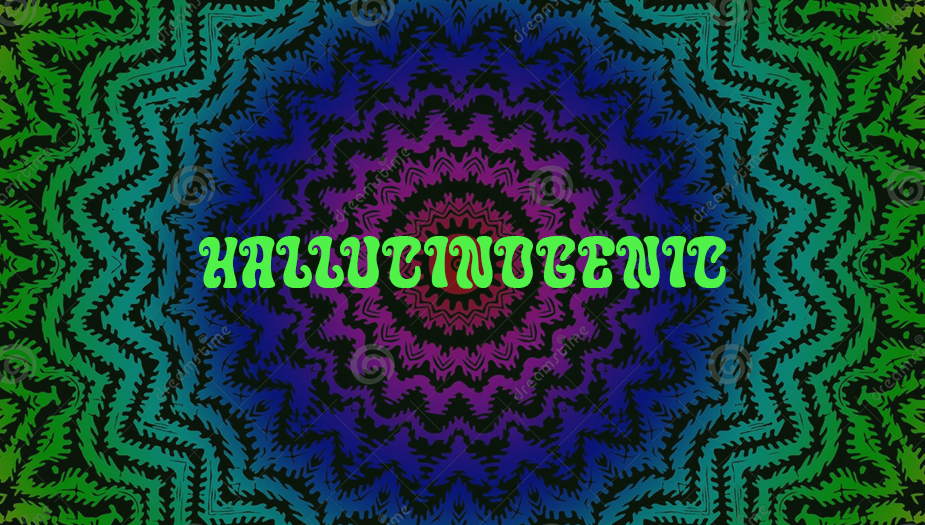
Is Psychedelic and Hallucinogenic the Same?
You might think the terms psychedelic and hallucinogenic interchangeable, but they do have some distinctions. Both refer to substances that induce altered states of consciousness and sensory experiences, but their effects may vary. Psychedelic and hallucinogenic substances, like LSD and psilocybin, create profound changes in perception, mood, and cognition, often leading to introspection and spiritual experiences. These hallucinogenic substances induce vivid visual and sensory hallucinations. Hallucinogenic substances, on the other hand, can also cause hallucinations but may not necessarily produce the same profound cognitive effects as psychedelics. Some hallucinogenic substances, such as dissociative drugs like ketamine or PCP, can lead to a sense of detachment from reality and out-of-body experiences. In essence, all psychedelics are hallucinogenic, but not all hallucinogens are necessarily classified as psychedelics. Both categories carry potential risks and require careful consideration when used for recreational or therapeutic purposes.
Future of Hallucinogens, Psychedelics, Psychotropics
The future of hallucinogenic use, psychedelics, and psychotropics is marked by an evolving landscape. As more studies explore the therapeutic potential of these substances, there is growing interest. Their use for mental health conditions like depression, PTSD, and addiction is early. Research has shown promising results, leading to the emergence of clinics and centers dedicated to psychedelic-assisted therapy. Continued scientific investigation may lead to the development of new, more targeted medications with fewer side effects. However, ethical, legal, and societal challenges persist. Regulation and decriminalization efforts are underway in some regions. Others remain cautious about their potential risks and implications for public health. The future of these substances lies in responsible use, comprehensive education, and open dialogue to strike a balance between their potential benefits and associated risks.
In conclusion, psychoactive, psychedelic, and psychotropic substances form a diverse group with distinct effects on the mind and body. Understanding their differences is crucial for responsible use and informed decision-making in the realm of mental health and well-being.
CLICK HERE TO SAFELY SIMULATE THE EFFECTS OF THESE EXPERIENCES
TO ALL OUR READERS, today we humbly ask you to help our little blog. For over ten years now, BinauralBlog.com has been producing fantastic mindfulness articles. We do not beg for donations, use any intrusive popups, sell any form of user data, or fill our content with ads. How do we sustain ourselves? We need shares, plain and simple. The time has come for us to make a simple request. Please, if you enjoyed this article and want us to keep producing content - use any (or all) of the CIRCULAR SHARE BUTTONS ABOVE to help support our little blog. Thank you from the Binaural Blog, Founder & Team

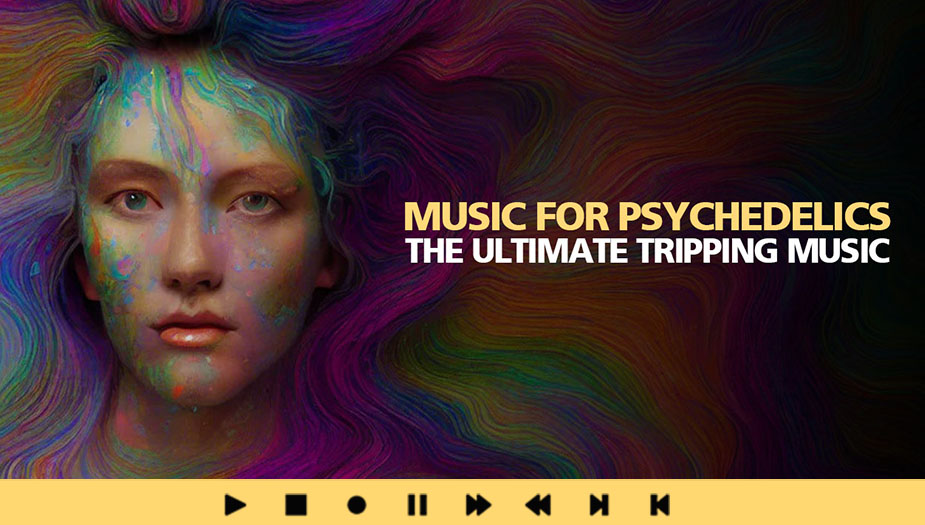
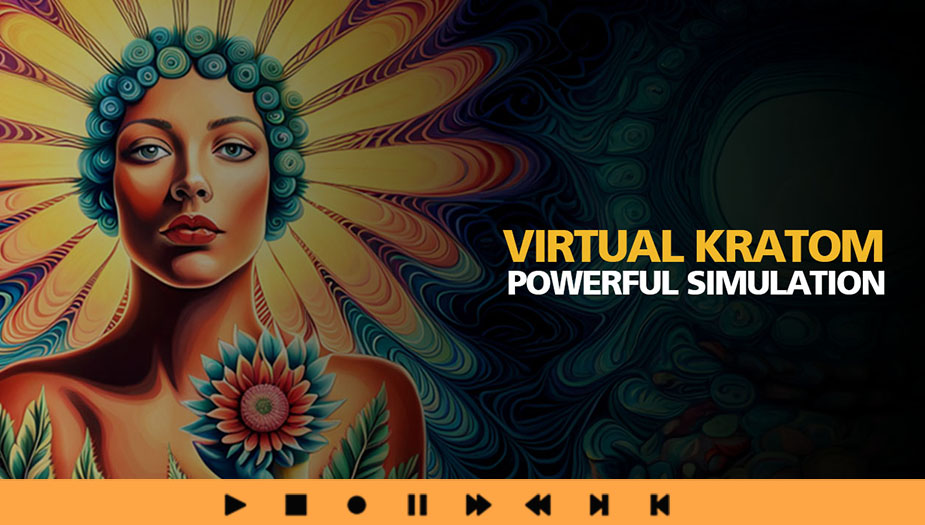
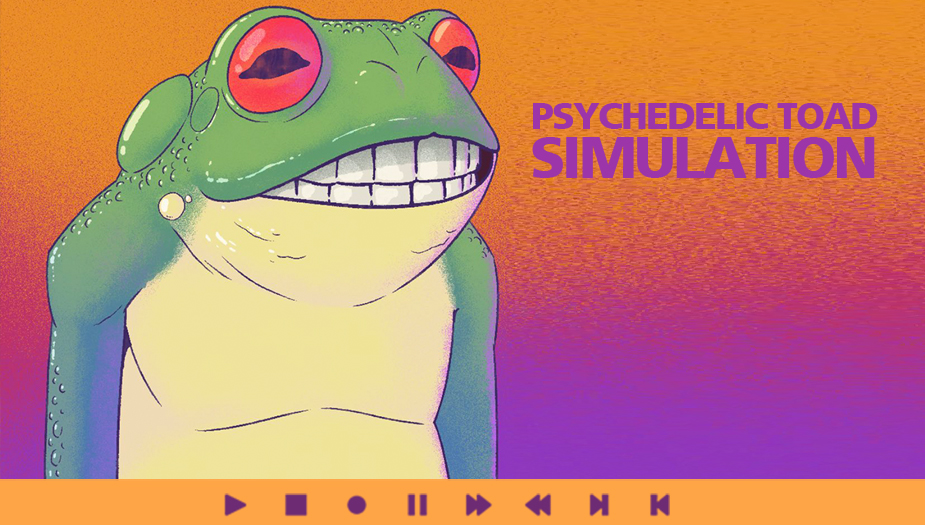
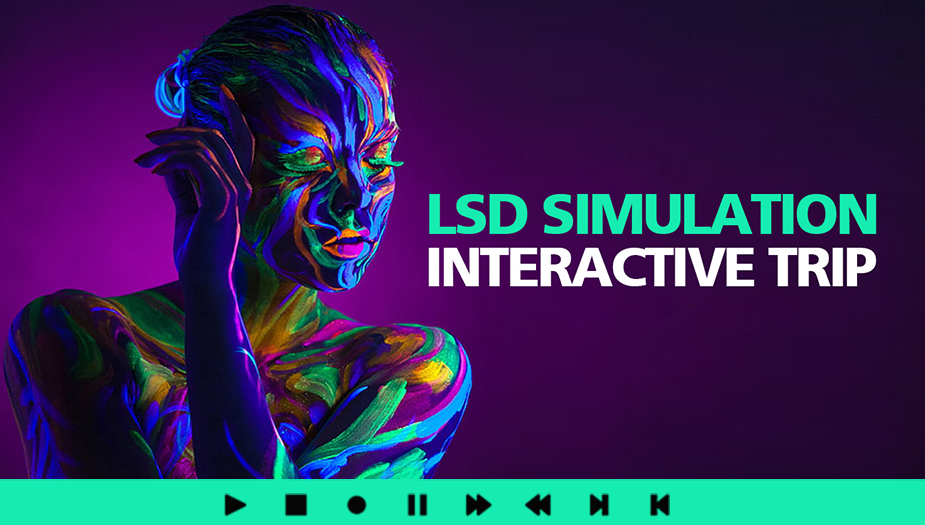
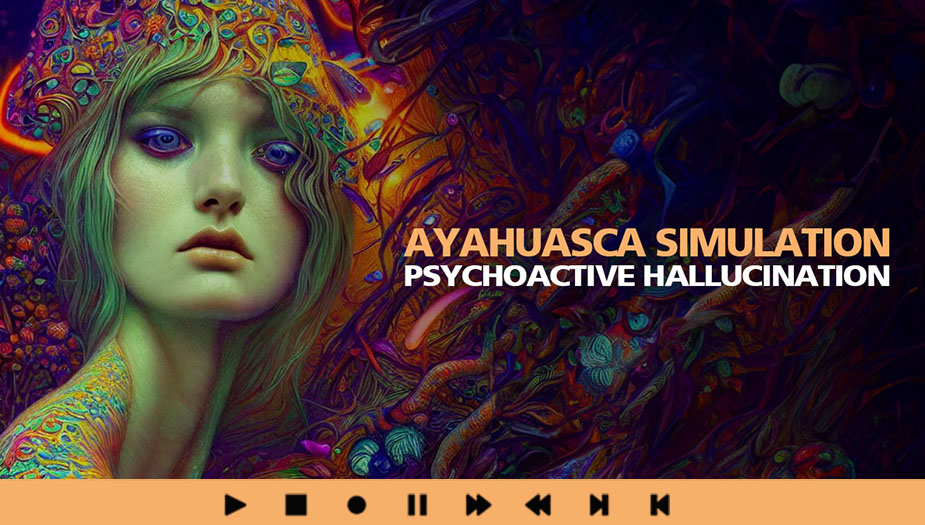
Hey there! Great article! I’ve always been curious about the differences. Your explanation really helped clear things up for me. It’s fascinating to see how these compounds can affect our minds and perceptions in various ways. I’ve heard about the potential therapeutic benefits of psychedelics, and it’s exciting to see the research progress in that area. Keep up the excellent work!
Long time reader first time responding. The potential therapeutic uses of psychedelics are fascinating, but responsible approaches are vital. Looking forward to more mind-expanding content.
I used to be confused about these substances, but your explanation totally cleared things up. It’s crazy how they affect our minds in different ways.
Any readers ever try therapy with these methods, like psilocybin therapy? I am considering it but don’t know if the hype is real.
Just a quick thank you for the clear explanations of these terms. I think they are often used interchangeably. I was a bit confused on some of them myself.
I’ve actually wondered the difference between these my whole life. Thank you for clearing it up. Great article and loving this blog!
Thank you for explaining the differences. I have heard the terms but didn’t know *exactly what they meant.
Thank you I never really understood what Psychotropic meant.